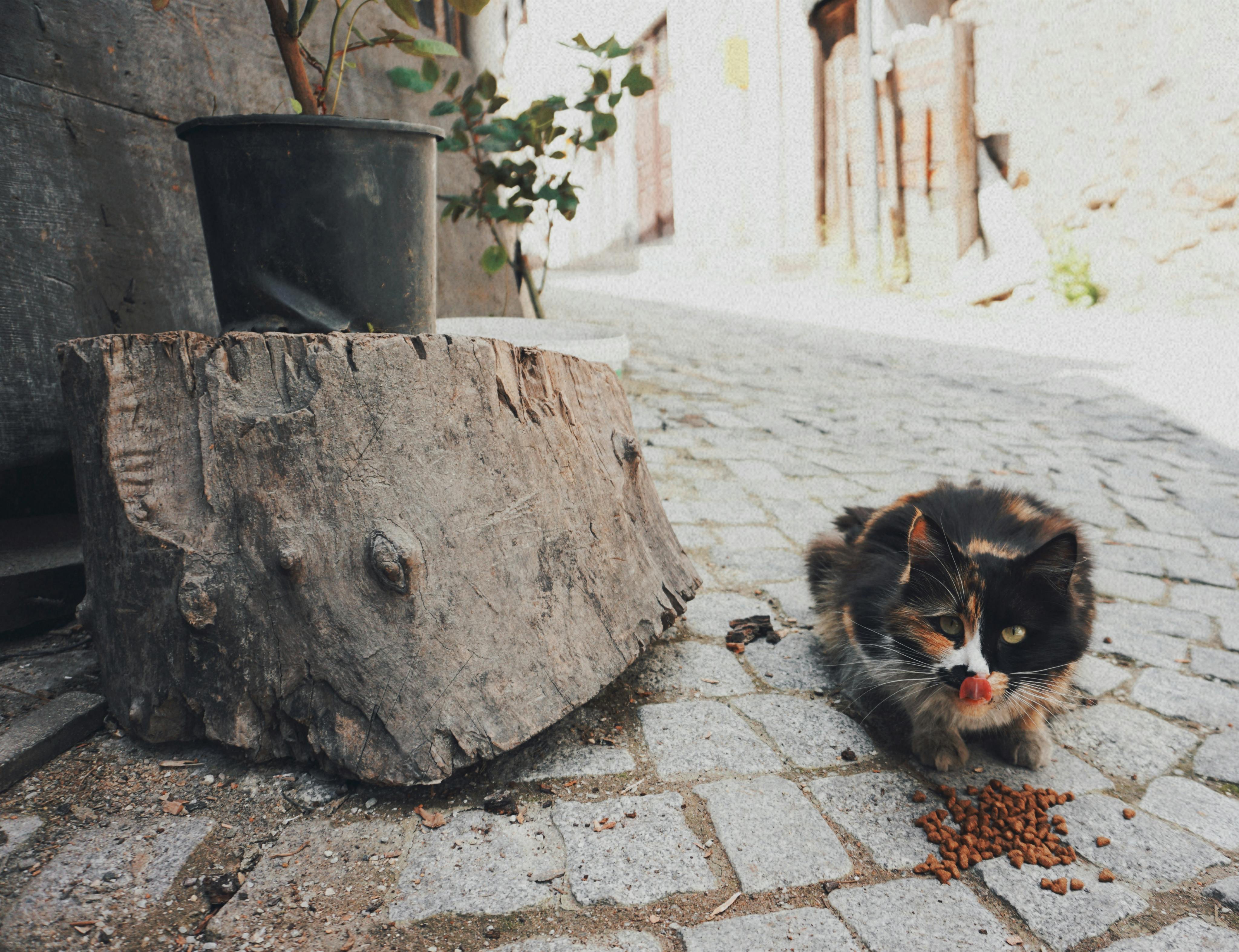 |
| Image credit: Pexels |
Cats have long been notorious for their selective eating habits. But have you ever wondered why your feline friend turns up their nose at certain foods or goes crazy over an unexpected treat? The secret lies in their taste buds, or should we say, their limited number of taste buds. In this article, we're delving deep into the world of cat taste buds to understand why they are the way they are.
The Science Behind Cat Taste Buds:
Humans are known to have around 9,000 taste buds, making us capable of detecting a wide range of flavors, from sweet to salty and everything in between. In contrast, cats have fewer than 500 taste buds. This significant difference in taste bud numbers plays a crucial role in how cats perceive and interact with food.
The Role of Smell:
Cats rely heavily on their sense of smell when it comes to food. While their taste buds are limited in number, their olfactory receptors are extraordinary, with up to 200 million odor receptors in their noses. This keen sense of smell allows them to discern subtle changes in the environment and helps them locate prey in the wild. It also influences their food preferences, often prioritizing aroma over taste.
The Sweetness Mystery:
One of the most intriguing aspects of cat taste buds is their apparent inability to detect sweetness. This might seem puzzling, but it actually makes sense from an evolutionary perspective. Cats are obligate carnivores, which means their natural diet consists mainly of meat. In the wild, sweetness detection wouldn't offer any survival advantages. Instead, their taste buds are finely tuned to detect amino acids and high-protein content, which are essential for their diet.
Exploring Other Tastes:
While cats may not have a sweet tooth, they can detect other tastes like bitterness and saltiness. This ability helps them avoid potential toxins in the wild. Interestingly, some cats may exhibit a preference for certain flavors, such as an affinity for fish or poultry. These preferences can vary from cat to cat, highlighting the individuality in feline taste buds.
The Love for Fat:
If your cat ever pounces on a fallen piece of buttered toast or a bit of bacon, it's not because they have a sweet tooth but rather a "fat tooth." Cats are known to have a liking for fatty foods due to the rich aroma and taste of fat. It's essential to remember that while occasional indulgence is harmless, a consistently high-fat diet can lead to health issues.
Conclusion:
Understanding your cat's taste buds can shed light on their eating behaviors and preferences. While cats might not share our appreciation for sweets, they have a sophisticated sense of smell that guides them in choosing what to eat. So, the next time your furry friend turns their nose up at something, remember that it's not personal – it's just their unique way of experiencing the world of flavors.
@nolacrazycatlady #lifewithcat #catmom #catlady #boots #tabbycat #homeschoollife #homeschoolingmom ♬ Kitty Meow Meow - Perlin Boy









0 Comments